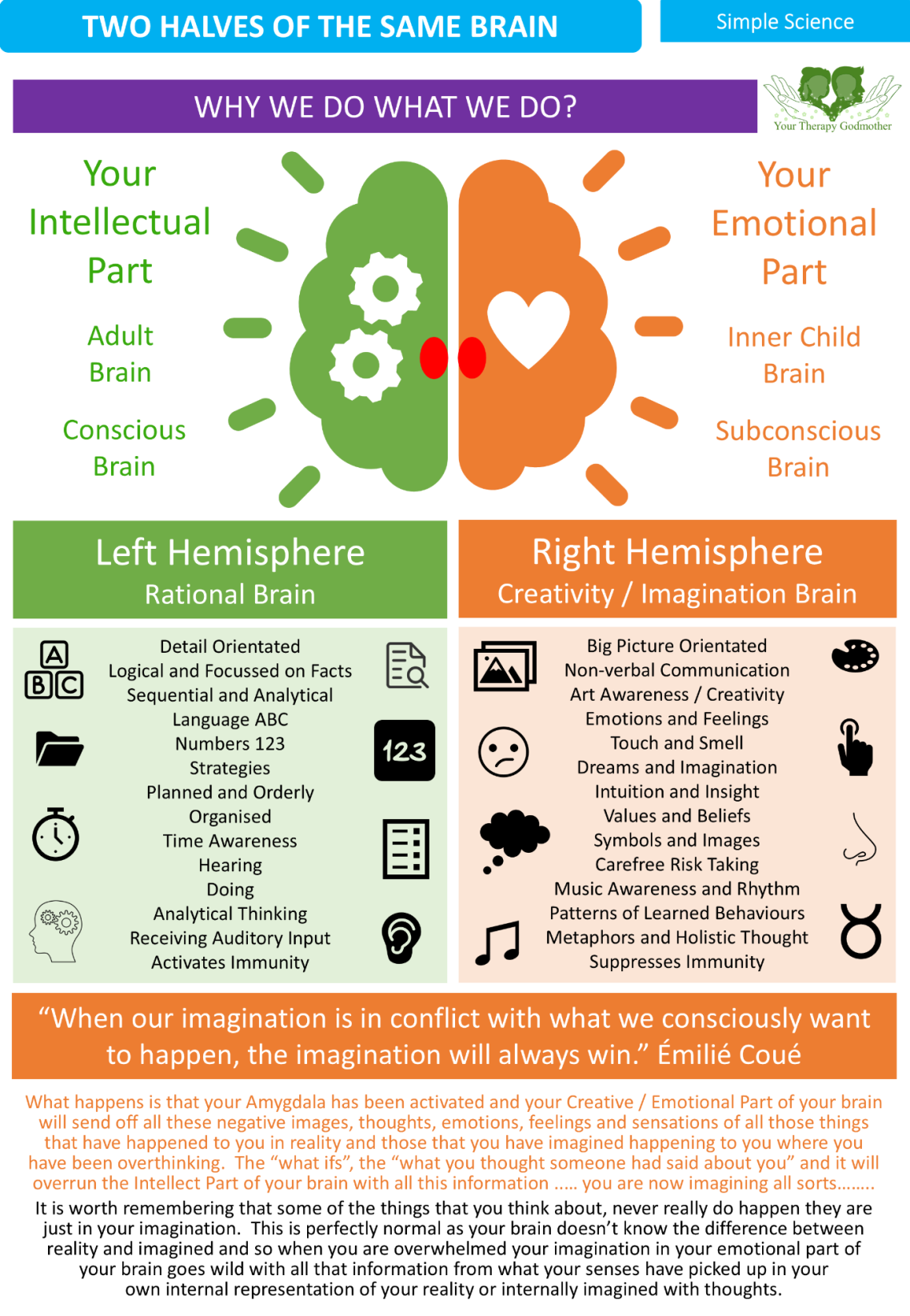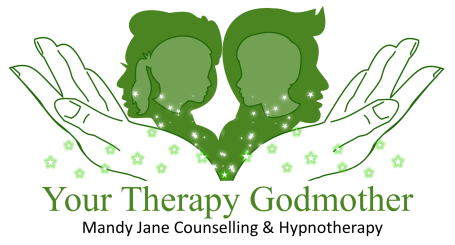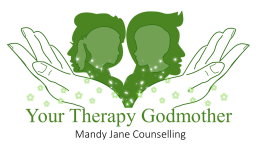Reparenting Your Inner Child.....

Click here to book your Reparenting Your Inner Child with me
Recent Review: "I've had a lot of therapy over the years. But I can say with confidence, Mandy is the best therapist I've ever seen. She is reconnecting me with parts of myself that I thought I had lost. I feel calmer and I am starting to recognise that I am actually a pretty good person, where once, I thought I wasn't".
Many clients struggle to understand why they feel fine one moment and get really upset the next. This may be explained as them having an adult in a wounded child. The adult is a metaphor for the part of the brain that is rational, lives in the present moment and sees things as they are right here and now.
Whilst the wounded child is a metaphor for the part of the brain, the unconscious that contains the unhealed emotional wounds from childhood and sees the present as the past.
Significant unhealed childhood wounds fester in the background until the stimulus in the present brushes up against them releasing a flood of repressed emotional pain that instantly turns your rational adult into an intentionally emotionally and irrational wounded child........
As Emilie Coue mentioned: Every time your emotional mind is in conflict with your rational mind, the emotional mind will always win.
Re-parenting your Inner Child therefore means learning to love, nurture, protect and set healthy limits with your Wounded Child/Emotional Self to be able to get the Adult Part/Self (Rational Brain) back in charge.
Examples of What your Adult Part won’t do is:
- Your adult is never going to be the one who has a temper tantrum at work because something didn’t go their way.
- Your adult is never going to be the gossip or talk behind another’s back to be hurtful.
- Your adult will not engage in drama of any sort.
- Your adult is never going to experience flight or fight.
- Your adult is never going to spend all of your money.
Examples of What your Inner Child Part can do when it is trying to be an adult:
- Choose to buy a new dress instead of paying the rent.
- Had road rage with driver because they cut you up in the traffic.
- Shouting at the children for spilling a drink on the floor.
Therefore thinking about your childhood,.. what might have been different for you if you always had a person there that you could have turned to during times of emotional crisis and offered you nurturing and emotional support, validation, acknowledgement, understanding, trustworthiness and respect of what you were going through and feeling at that time.... someone who was empathetic and compassionate and could have given you a different perspective that it wasn't your fault what was happening around you and that those negative self-limiting beliefs you created and internalised for yourself at that time were not true....... that's what it can feel like to have your adult self looking after your inner child and inner world.
It's not about blaming your parents / caregivers, its about understanding that they may have had their own psychological issues to deal with that meant they could only parent you in the way that they were parented.
By working together you can learn to start recognising who is responding, is it your inner child part/self (emotional brain) or is it your adult part/self (rational brain) who is responding. Does your inner child part/self need to release the responsibility of being the adult and to hand it over to your adult part/self?
Remember: Loving Yourself is Your Job.

Example of Inner Child Work and Healing
Resolving Inner Conflict
Individuals who grow up with a lot of dysfunction in their childhood often suffer from confusing and stressful inner conflicts.
For Example: When Jennifer's alcoholic Aunty Joan asks for £50 Jennifer wants to say No, but then she feels so anxious and guilty that she says yes. Almost immediately Jennifer starts to feel angry with herself and guilty for giving away precious family money that she knows Aunty Joan will only drink away.
This is a horrible situation for Jennifer to be in and she just can't win! She feels sad if she gives Aunty Joan the money and sad if she doesn't, all because of an inner conflict. So how can Margaret resolve such an inner conflict that keeps her sad?
Well first Jennifer needs to understand how her brain works between her emotional and rational parts of her brain. Both these parts of her brain produce thoughts however the stories they tell are sometimes in conflict, particularly in stressful situations. Thoughts from the Adult Brain are flexible and based on what is actually happening in the hear and now, the present. However, thoughts from the Inner Child Brain are rigid and based on past pain in the form of simple stimulus / responses and fight, flight, freeze or fawn.
So how does this relate to Jennifer's inner conflict you may ask?
Well Jennifer grew up with an alcoholic father and a depressed mother who were both unable to meet her needs. So, being an immature child, she decided at that young age that there must be something wrong with her, otherwise, why would her dad always be angry with her, and why would her mother rarely pay attention to her? So logically, she decided to become what she thought her parents needed her to be, so she could finally obtain their love e.g. parentified and take the role on of an adult. In the process, however, she came to view her feelings and needs as THE PROBLEM, which is why even now as an Adult she feels guilty if she even thinks of saying "no" to anyone because her Inner Child Brain will scream at her that would be selfish, and then no-one would ever like her or love her.
So when Jennifer takes the courageous decision to start counselling / talking therapy because she is very feeling extremely stressed and she starts talking about what has happened to her, about the differences between her Adult Brain, her Inner Child Brain and the inner conflict is explained. Jennifer is taught how to weed out the distorted stories of the Inner Child Brain from the accurate stories of her Adult Brain, so that she can see situations more clearly and then make better decisions for herself.
For Example:
Jennifer was given a piece of paper and asked to make two columns. One was labelled "My Inner Child Part" and the other "My Adult Part". Jennifer was then asked to write down in the correct column the stories her Inner Child Part is telling her about her Aunty Joan's request for £50, keeping in mind that these stories are usually filled with fear and shame. Here is what was written:
MY INNER CHILD PART
"If I say "no" to my Aunty, then I am being mean, selfish and a bad niece, which would make me a terrible person. And then she will be mad at me and stop loving me".
Next Jennifer is asked to write down in the second column the facts of the situation seen from her Adult Brain which can be difficult for someone who can't say no. So as a tip to help her identify the stories from her Adult Brain, I ask her to imagine that it is her best friend in this exact situation. "What advice would you give your best friend?"
MY ADULT PART
"I'd tell my best friend that £50 is a lot of money and her Aunty Joan is only going to drink it anyway which would not be helpful for her or her Aunty Joan. I would explain to her that saying "no" would not be mean or selfish, but the right thing to do for both of them".
I then asked Jennifer which story makes more sense to her and she said: "Well the advice I would give my best friend" which of course comes from her Adult Brain and most certainly be the advice that Jennifer is more likely to follow.
To then connect with her Inner Child Part by introducing herself to her and letting her know that she has grown up now and that she is coming back to help her and would she like your help? Once her Inner Child Part acknowledges that they would like some help then her Adult Part will acknowledge and validate her Inner Child Part and ask them what they need where they are in their healing memory at present. To either ask permission to hand over the responsibility of being an adult to your Adult Part or to bring your Inner Child Part "out" into your Adult Part's current world to see that it is not like that anymore. Whatever her Inner Child Part needs to be able to process and let go of all that hurt, sadness etc.
What can Inner Child Work be helpful for?
- Learning Boundaries
- Learning differences between Passive Aggression, Aggression and Assertiveness
- Triggers and Behaviours
- Learning differences between Adult Self and Inner Child Self
- Learning to problem solve
- Learning Relationships
- Stress and anxiety
Click here to book your Reparenting Your Inner Child with me

We need your consent to load the translations
We use a third-party service to translate the website content that may collect data about your activity. Please review the details in the privacy policy and accept the service to view the translations.

